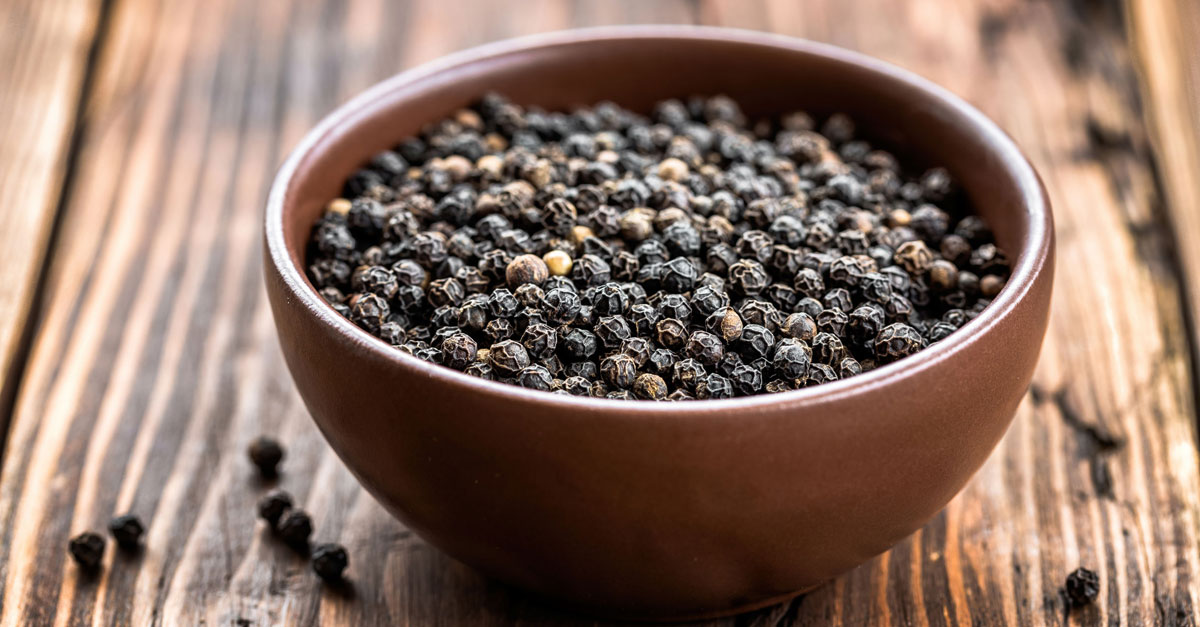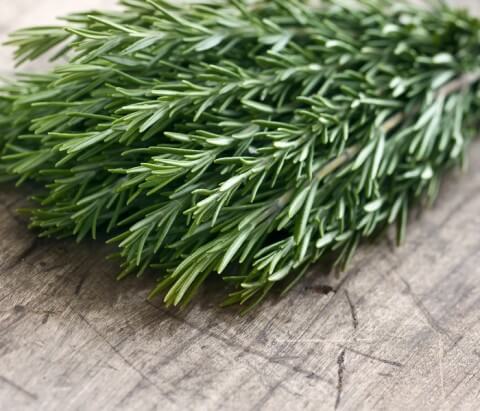COX-2 Inhibitors: Omega-3s, Transdermal Herbalism & Aromatherapy
For the past two weeks, we have discussed some of the benefits and precautions to taking NSAIDS (aspirin, ibuprofen, etc.) and “Safe Aspirin”. Recap: COX-2 is the inflammation-producing enzyme, and long-term use of synthetic anti-inflammatory drugs wreak havoc on many parts of the body. They are especially dangerous (albeit lethal) to the elderly. We have discussed which herbs have the same effect on inflammation, with little to no side effects (perhaps a potential allergy). As we have seen, the herbs mentioned actually protect the body from the damage that synthetic COX inhibitors (like NSAIDS and safe aspirin) would otherwise inflict on the body (ie. ulcers). This is the final post on the topic of going “Beyond Aspirin” and these notes are based on the book written by Thomas Newmark & Paul Schulick.
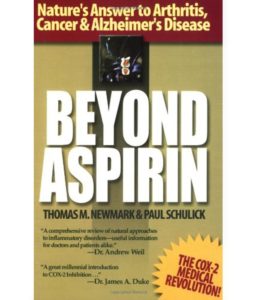
A Note On Extraction
Extraction refers to separating phytochemicals from the fiber and bulk of a plant. The extract is then easier to digest and utilize, and is easier to take therapeutic doses. An extract can be as simple as steeping tea in water, and you are left with a water extract.
Supercritical extraction uses carbon dioxide gas as the solvent when it is heated above its “critical” temperature of 31 degrees Centigrade and then profoundly compressed. In this condition the gas will behave like a fluid. It will look like a gas but it is more dense. This is completely natural and non-toxic and is capable of extracting the resinous compounds of an herb. After the gas draws out the oils, the pressure is released and the gas dissipates into the atmosphere without any damage to the environment. The plant constituents remain pure and intact. This type of extraction is used only for oily plant resins in herbs like ginger, rosemary, St. John’s wort, oregano, etc.
The herbs mentioned last week, are all conveniently found in New Chapter’s Zyflamend

They also offer Zyflamend Prostate & Zyflamend Nighttime.
You can read different reviews on their website. Some people find it works great, others not so much. Each person metabolizes herbs differently. Using herbal blends, like Zyflamend, is a more comprehensive strategy than taking each of the herbs on their own. Drink green tea often; cook with ginger or take a bath with it; rosemary can be applied topically to the head. These are just a few suggestions, but there are so many resources out there. By speaking with a professional for therapeutic doses, or experimenting on your own with daily tonic doses, you can incorporate these natural COX-2 inhibitors in your life.
COX-2 Inhibition & Alzheimers
“There’s rosemary; that’s for remembrance. Pray, love, remember. . .” – Ophelia in Hamlet, Act IV, Scene V
Shakespeare’s neighbor was the 16th century herbalist John Gerard, who wrote in 1597 that, “Rosemary comforteth the braine, the memorie, the inward senses.” There is now compelling evidence that COX-2 inhibitors reduce brain inflammation and therefore reduce the chances of Alzheimer’s disease (AD), as explained by scientists at the University of British Columbia and others. Researchers from the LSU Medical Center in New Orleans explain how an inflamed brain, over-expressing COX-2 is more prone to AD. “Alzheimer’s disease affects 10% of the population over the age of 65; 20% over the age of 75; and increasing by another 10% over each additional decade of life.”
Brain Plaque
The brains of AD patients show in specific regions, the accumulation of plaque made up of beta-amyloid (Abeta) peptides. This occurs when an enzyme in the brain cuts off protein strands that are out of place. These cut molecules accumulate and form plaque. Just like plaque on teeth or in atherosclerotic arteries, Abeta plaque can cause inflammation and result in disease. People with plaque do not always experience stroke, gingivitis or Alzheimer’s disease.
Gotu Kola has been used for thousands of years to promote mental clarity and normal brain functioning in the elderly. It is rich in asiatic acid, a demonstrated inhibitor of Abeta plaque formation. Is just one herb good for preventing this? No, the other herbs mentioned, such as rosemary, green tea or ginger are well known for their antioxidants, polyphenols, & free-radical scavengers. Herbal COX-2 inhibitors, combined with a nutritional program, help support healthy brain functioning.
In order to keep this post short, please refer to the book Beyond Aspirin for more information on Alzheimer’s disease & brain plaque.
Omega-3: A Complement to Herbal Inhibition of Inflammatory COX-2
Essential fatty acids are called “essential”, as they are critical to life, such as alpha-linoleic acid (ALA). We must either eat foods containing or derived from Omega-3 fatty acids.
We have mentioned AA before. AA is an omega 6 fatty acid, and if we have too much, inflammation can arise. Cells do not differentiate between omega-6 and 3, but if there is a balance between the two, our cells will not have such a high inflammatory response. The ideal ratio is 2:1 or 4:1, however, many people who eat an unhealthy diet have a ratio close to 10:1 or even 40:1! Again, the goal is not to eliminate all inflammation all the time. We need a certain amount to have a healthy immune response.


There are several options to obtain omega-3 fatty acids. Fish don’t create omega-3 DHA or EPA, they get it from consuming algae. Purchasing farmed fish won’t do you any good for omega-3’s, as they aren’t fed algae, they are fed grain. Eggs can also be an abundant source of omega-3. Some farmers will feed their hens algae, so look out for omega-3 enriched eggs (try to look for “free range” as well).
Large amounts of peer reviewed studies have established that supplementing with Omega-3 fatty acids reduce tender joint counts and morning stiffness in patients with RA. To keep this post short, I would highly recommend purchasing the book Beyond Aspirin. The book goes into the nitty gritty of chemical reactions in relation to COX-2, plus details of each study.
Alternative Delivery Systems of Herbal COX-2 Inhibitors: Transdermal Herbalism & Aromatherapy
Not to get preachy here, but there are many biblical references to using oil infused with herbs. The word Messiah literally translates to “the one whose head is anointed [with olive oil].” In India, a common practice is to apply sandalwood paste to the forehead. In Ayurveda, an herbal sesame oil massage is used to cleanse and purify. The person who invented LSD experienced the first acid trip by accidentally rubbing against it. This is just the tip of the iceberg.
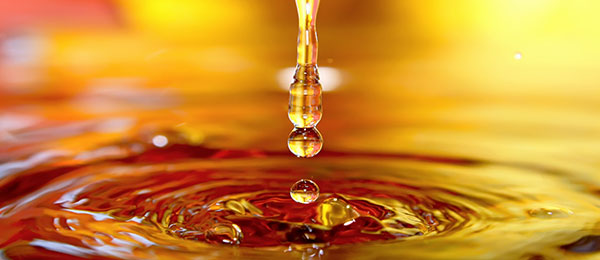
The skin is the largest organ in the body. If a compound is able to penetrate the first layer of skin, it is able to pass directly into the bloodstream. However when we take an herb or drug by mouth, it must pass through the liver before entering the bloodstream. Herbs mentioned earlier, ginger, turmeric, green tea, holy basil and rosemary are wonderful herbs to apply topically.
The burning of incense has been used throughout the world for centuries. Frankincense, also known as Boswellia, inhibits the COX-2 inflammatory processes. In Greece rosemary was burned to stimulate the mind, and students would put the sprigs in their hair to help them concentrate. There is a science called psychoneuroimmunology, focusing on how emotions affect the immune system. It isn’t rocket science that happy people tend to be healthier, have stronger immune systems, and are in less pain.
Jane Buckle, an expert in aromatherapy recommends four types of essential oils to reduce inflammation.
Black Pepper
People with FM have responded well to this when it is blended with other oils. Its other uses include muscle fatigue, arthritis, neuralgia, and for general pain relief.
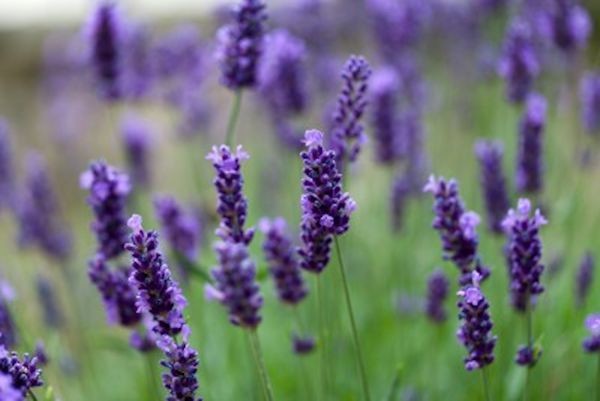
Spike Lavender
The British Herbal Pharmacopoeia recommends it for rheumatic pain. It has been used for stiff joints and sprains. The plant is taller than true lavender.
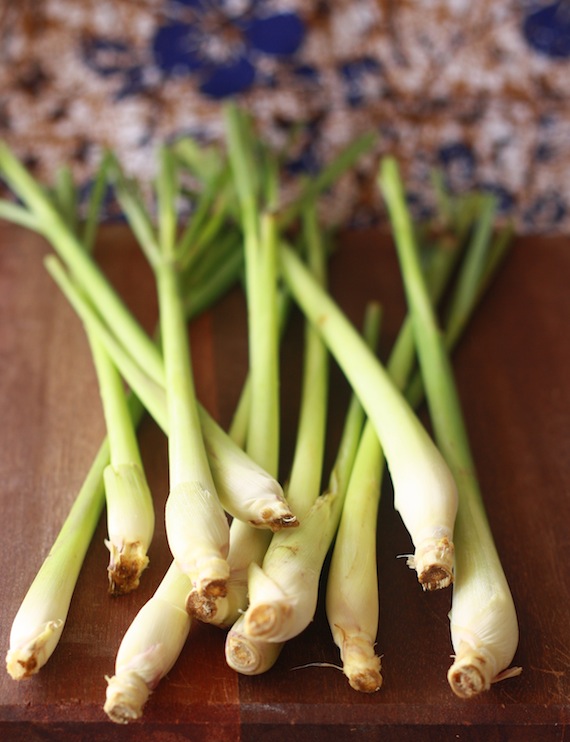
Lemongrass
Useful for muscular pain, its other uses include analgesic, antipyretic and a relaxant.
Rosemary
Jane Buckle has had success using it in post-viral fatigue syndrome (aching all over), as well as for sports injuries and arthritic pain. In aromatherapy, rosemary is good for inflammation, memory loss, anti-depressant and for enhancing neuromuscular tone.
Using essential oils are great if blended properly for topical use. It is not recommended to ingest them, as they can be toxic.
See you next week!


